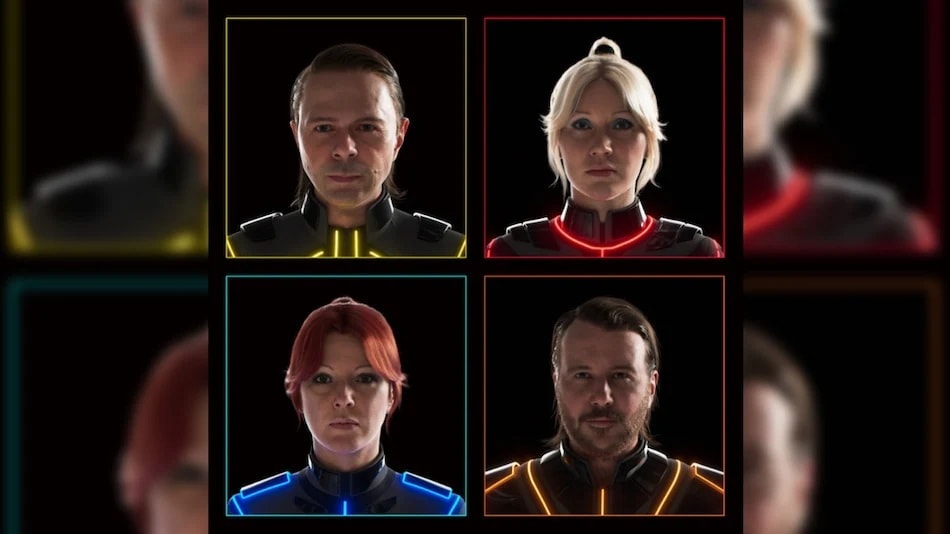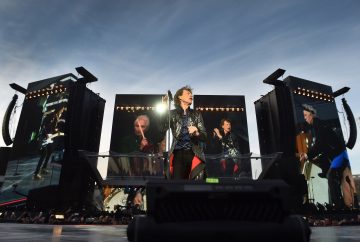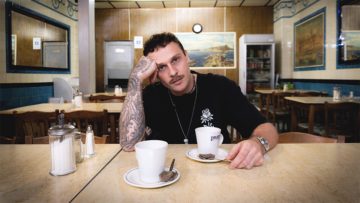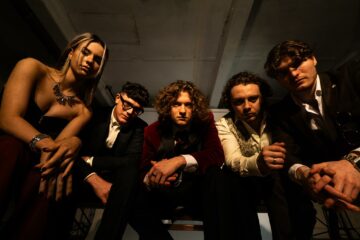
Holograms are adding a new dimension to the phrase ‘live’ performance. Following the recent announcement of a holographic tour from ABBA, we explore whether this growing technology is all it’s cracked up to be.

Forty years since the release of their last album, ABBA – that infamous palindrome that’s delighted audiences for three generations and sound-tracked many a cheesy club night – are back.
Sweden’s second-favourite export (behind another beloved four-letters: IKEA) haven’t simply released their new singles ‘I Still Have Faith in You’ and ‘Don’t Shut Me Down’ in the run-up to a new album out in November, though.
They are set to be digitally reconfigured as their younger selves in a ‘revolutionary’ project, ABBA Voyage, which is due to launch next May at London’s Olympic Park.
This show will display ‘ABBA in their prime’ from 1979
This show will display ‘ABBA in their prime’ from 1979, according to Ben Morris, the Creative Director of Industrial Light and Magic – the digital effects company founded by George Lucas, who are working on the project. Sure enough, these ‘ABBA-tars’ have something of Star Wars about them, cryogenically respawning the hit band like a hologram of Yoda or Obi-Wan Kenobi.
Yet with between 500 and 1000 artists set to deliver this feat of complex technical theatrics, are these shows merely a fancy new fad? Or are they the future of live music? Do they detract from the living, breathing performances? Or are they a way of extending the lifetimes and immortalising our favourite historical acts?
Undoubtedly, ABBA weren’t the first and will certainly not be the last to utilise this ghostly technology.

ABBA Voyage, a ‘revolutionary’ project set to show ABBA as their younger selves with the aid of technology, is due to launch next May at London’s Olympic Park.
In 2012, Tupac Shakur ‘performed’ as a hologram at Coachella, alongside Snoop Dogg, despite being killed more than three years before the festival’s first show. Last year, Kanye West saw fit to surprise Kim K on her 40th birthday with a rather eerie hologram of her late father, Robert Kardashian, who passed away in 2003. Furthermore, ‘An Evening with Whitney’ is set to beam Whitney Houston at Harrah’s in Las Vegas next month.
Indeed, these acts have blurred the lines between the living and the dead and whilst we all sought something more profound than a mere livestream during our country’s various lockdowns, the thought of bringing back an artist without their living consent, smacks of desperation to stretch out an artists’ money-making potential beyond the grave.
The hologram industry itself is becoming increasingly big business, estimated to be worth $5.4billion by 2024, according to research company Markets And Markets.
ABBA weren’t the first and will certainly not be the last to utilise this ghostly technology
And with these financial incentives carries certain ethical considerations. Recent protestations from Amy Winehouse’s father over a new biopic to be produced by Halcyon Studios are one thing. Placing the beloved singer who died all-too-young on a holographic tour are quite another.
Yet that was precisely the plan from Base Holograms, who were forced to postpone the idea for such a project, after facing ‘unique challenges and sensitivities’ from Winehouse’s fanbase. Such an endeavour may still yet come to its virtual fruition.
These ethical questions over the use of these technologies are captured in Dr Eammon Forde’s new book, Leaving the Building: The Lucrative Afterlife of Music Estates, published last month.

There have been previous plans to launch a holographic tour of Amy Winehouse. (Photo by Dan Kitwood/Getty Images)
As he rather bluntly writes: ‘F. Scott Fitzgerald proposed that there are no second acts in life. Music estates have a single and clear purpose – to ensure that there are second lives in death.’
Granted, ABBA Voyage has the blessing of a living Agnetha, Benny, Björn and Frida. But – to follow Forde’s literary reference – there’s something narcissistically Dorian Gray about only presenting yourselves from your favourite year.
One of the most intriguing, albeit testing, aspects of music has always been observing the ability of bands to innovate; how they change with the times and with their fanbase. (It’s this philosophy and interest why, in part, we’re called whynow).
One of the most intriguing, albeit testing, aspects of music has always been observing the ability of bands to innovate
Gorillaz, for instance, have shown a tireless drive to evolve in 2D, let alone 3D – winning the mantle of ‘The World’s Most Reinventable Band’ from whynow’s Sammi Gale. Radiohead have developed with each and every album; and Thom Yorke would no doubt wince at the prospect of his passed self being digitised for further profit.
David Bowie, meanwhile, one of the greatest of all, not only showed huge invention throughout his career, but also left us with a powerful message on his final album Lazarus. ‘Look up here, I’m in heaven’, he sang, in an act of complete ownership of his life and art. Heaven forbid anyone who attempts to tamper with this enduring statement.
Of course, the chance to see such a show would be difficult to turn down – out of sheer curiosity as much as anything. (Indeed, a follow-up to this piece begs a review of the eventual ABBA Voyage). The technology may improve to the extent that it truly does capture the real essence of a live performance.

A follow-up to this piece begs a review of the eventual ABBA Voyage show.
Ludvig Andersson, producer for ABBA Voyage, vows that ‘every mannerism, every emotion, the soul of their beings’ has been captured. Such a sentiment has to be seen to be believed and will prove a challenging feat to accomplish.
Until then, gimme, gimme, gimme a real, bona-fide Dancing Queen – warts, grey hair, ageing beauty and all.




